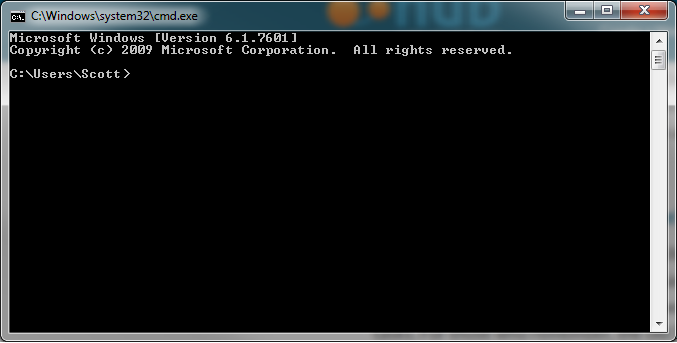

Save user: Check to save the user name for the next time this connection is used.

Encoding: The character encoding format to be used by the terminal.KeepAlive: Interval for sending keepalive messages in case of inactivity.Timeout: SSH session read timeout in seconds.Host: Host name or IP of the remote machine to connect to.If you select a valid host, this setting configures the rest of the settings. Configure the following settings for an SSH connection: You can send SSH commands to and receive output from a remote machine from the Eclipse Terminal View. In SSH, or secure shell, protocol, encrypted data is exchanged between two applications over a network TCP/IP connection. You must configure the Encoding setting (the character encoding format to be used by the terminal) for a local terminal connection. The local terminal opens a shell console to execute commands in the local host computer. Note You can also create a new connection using the Open a new Terminal View button, which creates a new Terminal view instance within Eclipse. You can disconnect the active Terminal connection using the Disconnect Terminal Connection button.Use the toolbar buttons to perform common actions such as copy, paste, lock scroll, clear, etc.You may enter commands directly in the Terminal view window in Eclipse. After establishing a connection, the Terminal view is connected to a shell on the remote system.Configure the specific connection type settings and click OK.Click Open a Terminal button within the Terminal view.To establish a terminal connection, follow these steps: The Terminal view is displayed within the Eclipse active perspective.Select Terminal > Terminal and click Open.To open Eclipse Terminal view, follow these steps: You can establish these connections within any of the Eclipse perspectives. This feature supports multiple connection types including SSH and serial. Connect to a remote machine from terminalĮclipse includes a Terminal view plugin that allows you to connect to a remote machine from within Eclipse.


 0 kommentar(er)
0 kommentar(er)
